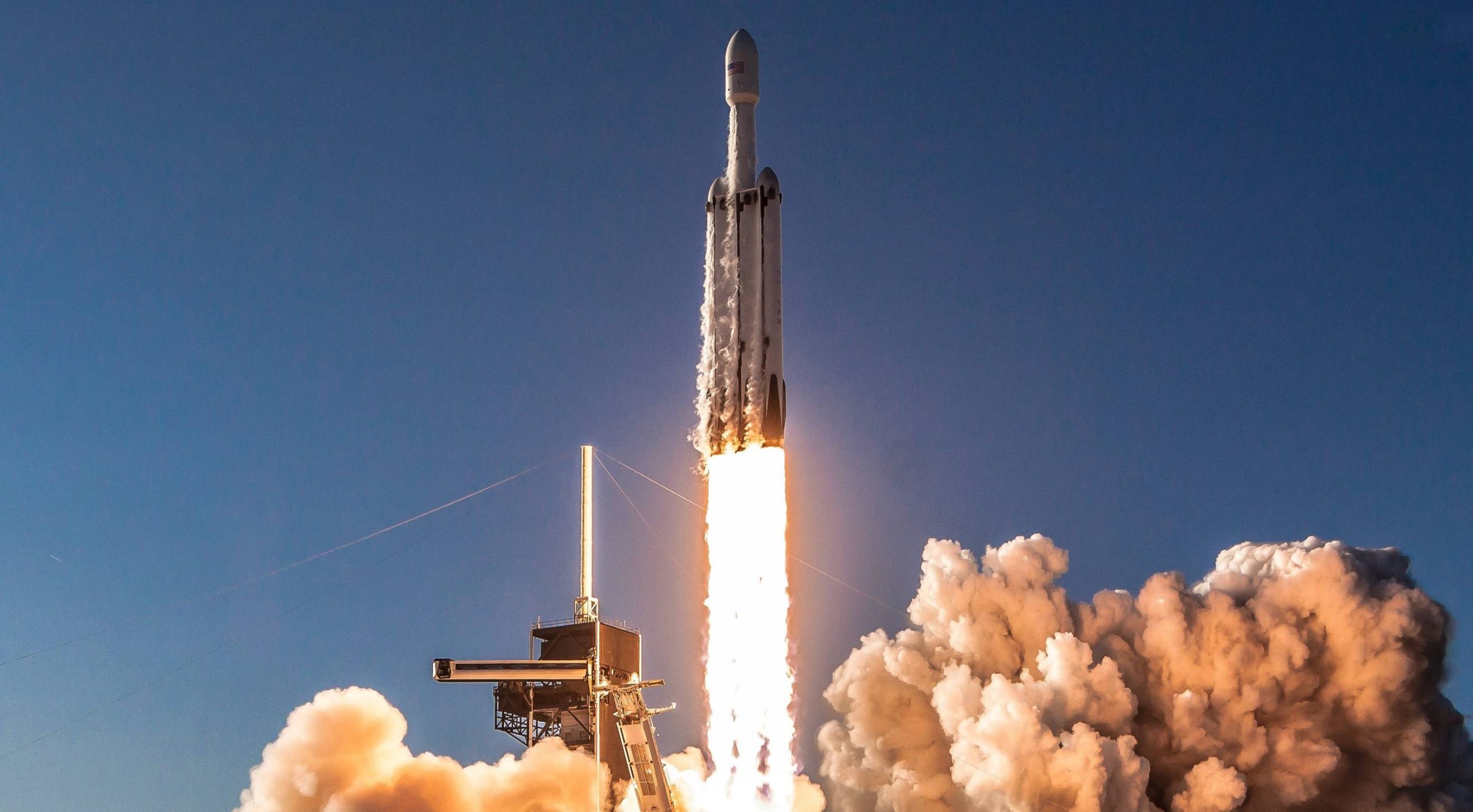
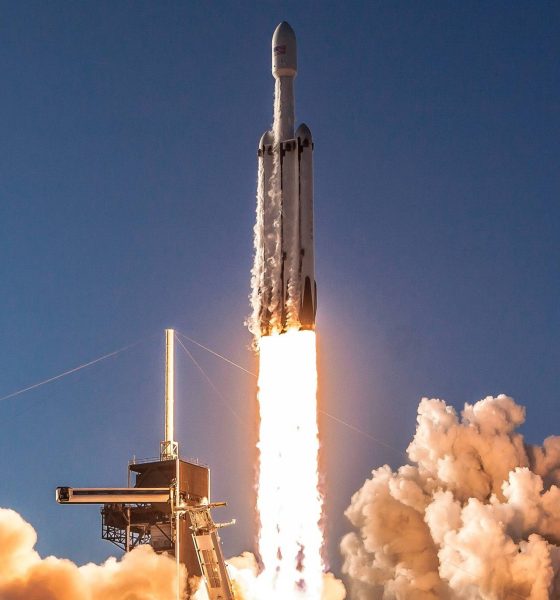
News
SpaceX schedules first Falcon Heavy launch in two years in early October
For the first time in more than two years, SpaceX has a firm launch date for its next Falcon Heavy mission: October 9th, 2021.
Revealed on September 7th as part of a US Space Systems Command presentation at the 2021 Small Payload Ride Share Symposium, October 9th now appears to be the military’s official target date for SpaceX’s fourth Falcon Heavy launch ever. Currently the most powerful and capable commercial rocket in operation and likely to remain so – perhaps alongside Starship – for years to come, Falcon Heavy debuted in February 2018, successfully delivering a mock payload into interplanetary space.
After another 14 months of work, SpaceX then debuted Falcon Heavy Block 5 – an upgraded version of the rocket that took advantage of all of Block 5’s reusability, reliability, and performance improvements. Just two months after Falcon Heavy Block 5’s inaugural April 2019 launch, SpaceX launched the rocket for the third time, supporting a US Air Force rideshare mission, reusing both of Flight 2’s side boosters, and giving the US military a firsthand demonstration of the rocket’s capabilities. However, Falcon Heavy has not flown once since then.
For mostly unknown reasons, Falcon Heavy’s fourth launch – a US military mission known as USSF-44 (formerly AFSPC-44) – has gradually slipped from a late-2020 target to Q1, Q2, Q3, and finally Q4 (October) 2021. SpaceX only began qualifying USSF-44’s Falcon Heavy boosters at its McGregor, Texas test facilities in late September 2020, a few weeks after delays from late-2020 to February 2021 and June 2021 were quietly announced. At that point, the US was deep into the throes of the COVID-19 pandemic’s local peak.
Only in May 2021 did the US military finally directly address major USSF-44 and USSF-52 delays, blaming them on “payload readiness.” Given that the Space Force never blamed SpaceX or rocket availability for what is likely to be a full year of launch delays, the implication is that likely satellite manufacturers Northrop Grumman, Lockheed Martin, Maxar, or Boeing have run into major technical issues. It’s also possible that those payload-side delays have been caused by a combination of supply chain issues and constraints brought on by the ongoing global pandemic.
Meanwhile, USSF-44’s all-new Falcon Heavy rocket appears to have been at Cape Canaveral and more or less ready for flight since Q2 2021 and SpaceX has been hard at work qualifying at least two more Falcon Heavy center cores for at least two additional missions scheduled in H1 2022.
Scheduled to launch no earlier than (NET) October 9th, Falcon Heavy #4 will likely roll out to Kennedy Space Center Pad 39A around 5-7 days prior for a crucial static fire test and pad shakedown. SpaceX is currently scheduled to launch Crew Dragon’s all-private Inspiration4 mission as early as September 14th, giving the company around three weeks to modify Pad 39A and its transporter/erector, gather all four USSF-44 Falcon Heavy stages, and assemble the rocket. Another Crew Dragon mission is then scheduled to launch as early as October 31st, again leaving SpaceX less than three weeks to reconfigure Pad 39A.
Successfully completing that back-to-back-to-back Dragon-FH-Dragon manifest on schedule will be a significant challenge and delays are probably more likely than not. Nevertheless, Falcon Heavy will likely roll out to the launch pad for the first time in more than two years less than a month from today.
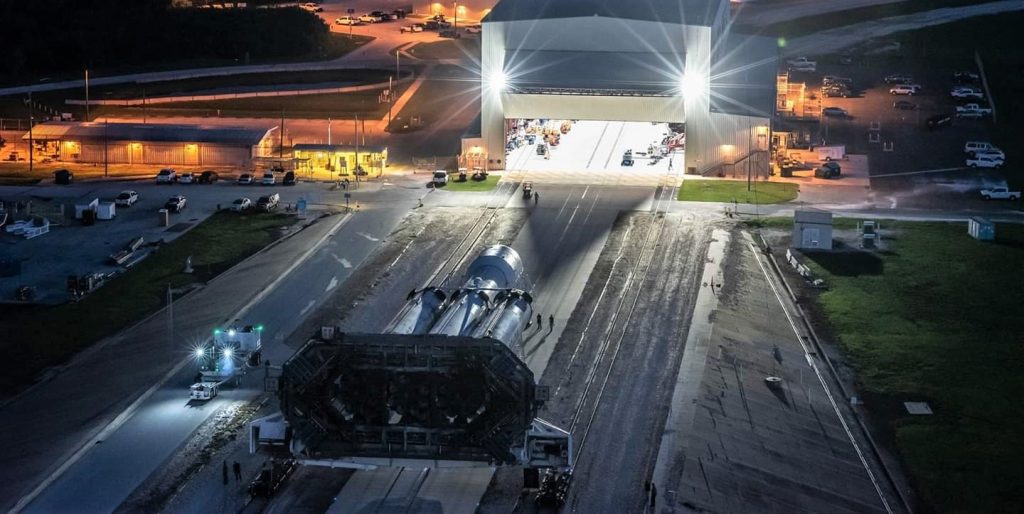

News
Tesla adjusts crucial feature as winter weather arrives
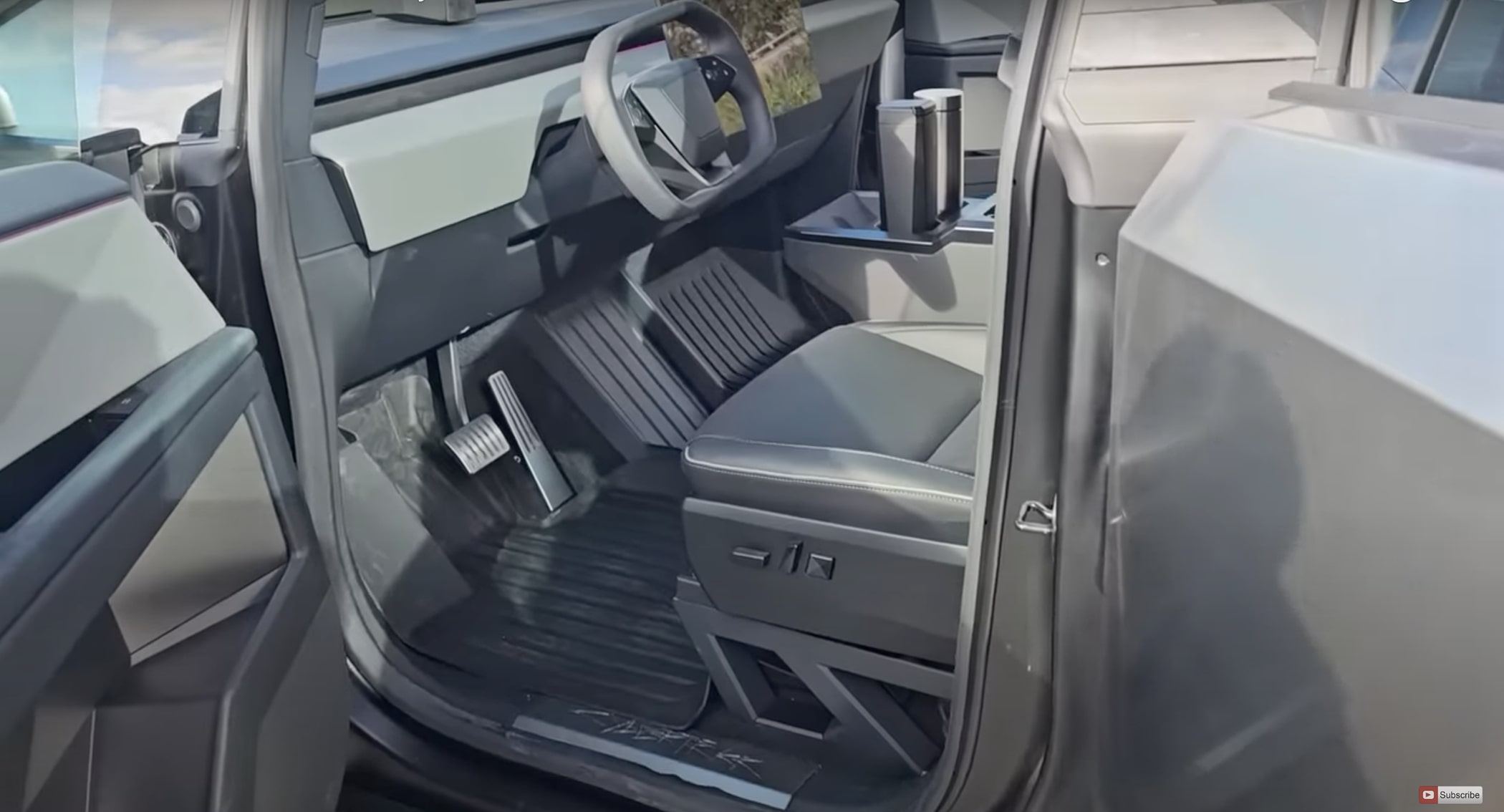
Tesla has adjusted the functionality of a crucial climate feature as Winter weather has started to arrive throughout some parts of the United States. The new feature was highly requested by owners.
Tesla has a Cabin Overheat Protection feature that helps keep the temperature regulated if it reaches a certain threshold. Inversely, it can be used in cold weather as well, which will automatically warm the cabin if it sinks to a temperature that is too low for the owner’s comfort.
This is a great way to keep the cabin either warmed up just enough or cooled down just enough so that it never gets too hot or too cold. Extreme temperatures could damage certain parts of the vehicle or damage personal belongings that are kept inside the car.
Overheat protection is a great thing to have in hot climates like Arizona or Texas, especially with the Premium trims of the Model 3 and Model Y, which feature a glass roof.
Many owners appreciate the feature, but they argue that using it at home will utilize too much energy, especially during extreme temperatures. For a while, many Tesla fans have requested an option to disable this feature when the car is parked at home, which the company recently added, according to Not a Tesla App.
The feature is part of Software Version 2025.44.3, and the release notes state:
“You can now choose Exclude Home when Cabin Overheat Protection or No A/C is enabled.”
Tesla has been great at listening to what owners want with new features, and this is one that will reserve some charge and prevent unnecessary utilization of available power, especially as the car is parked at home. If owners want to condition the cabin or get the car ready for operation with a comfortable interior, they can utilize the Tesla app to adjust the climate.
Elon Musk
Tesla CEO Elon Musk sends rivals dire warning about Full Self-Driving
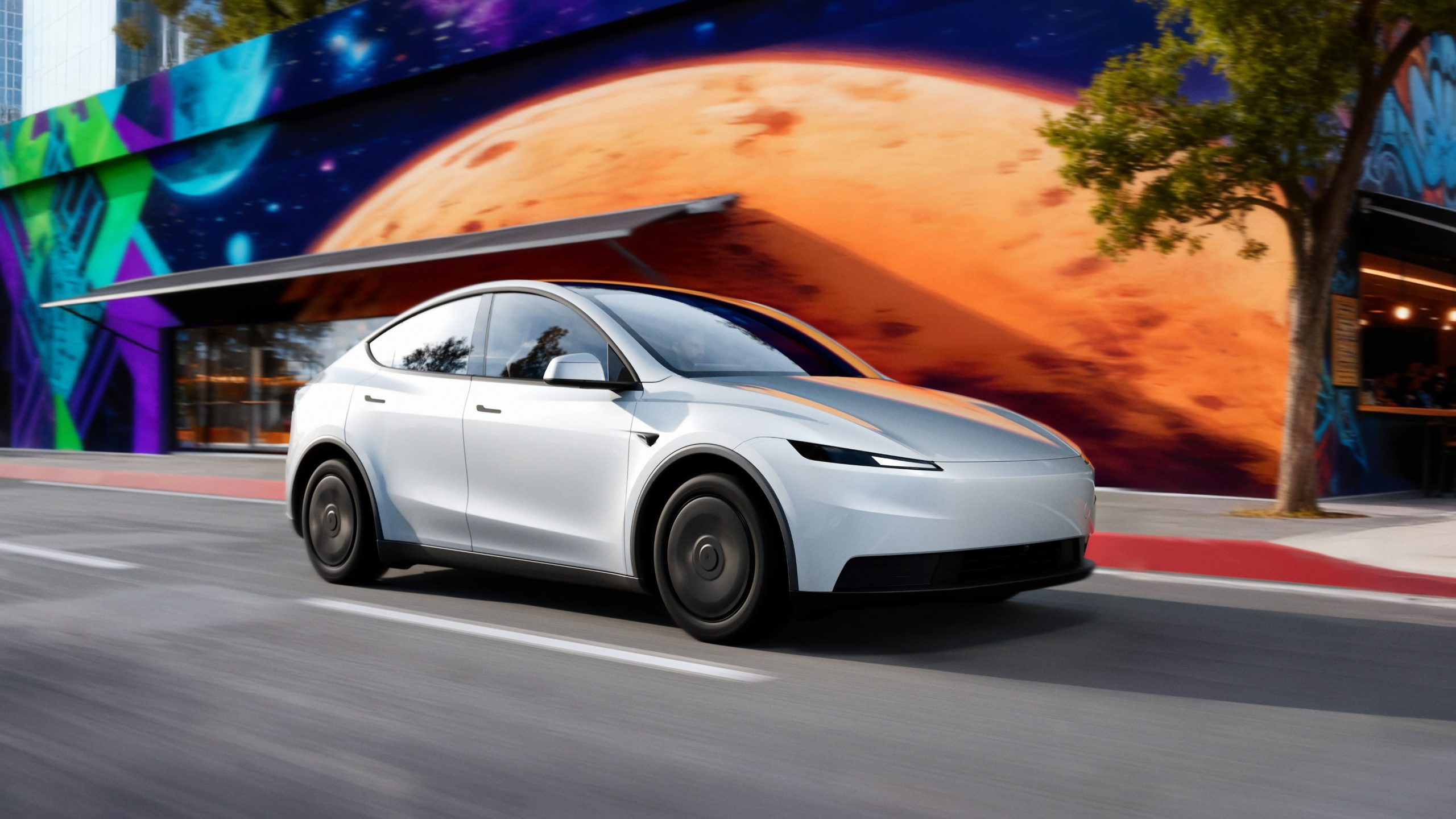
Tesla CEO Elon Musk revealed today on the social media platform X that legacy automakers, such as Ford, General Motors, and Stellantis, do not want to license the company’s Full Self-Driving suite, at least not without a long list of their own terms.
“I’ve tried to warn them and even offered to license Tesla FSD, but they don’t want it! Crazy,” Musk said on X. “When legacy auto does occasionally reach out, they tepidly discuss implementing FSD for a tiny program in 5 years with unworkable requirements for Tesla, so pointless.”
I’ve tried to warn them and even offered to license Tesla FSD, but they don’t want it! Crazy …
When legacy auto does occasionally reach out, they tepidly discuss implementing FSD for a tiny program in 5 years with unworkable requirements for Tesla, so pointless. 🤷♂️
🦕 🦕
— Elon Musk (@elonmusk) November 24, 2025
Musk made the remark in response to a note we wrote about earlier today from Melius Research, in which analyst Rob Wertheimer said, “Our point is not that Tesla is at risk, it’s that everybody else is,” in terms of autonomy and self-driving development.
Wertheimer believes there are hundreds of billions of dollars in value headed toward Tesla’s way because of its prowess with FSD.
A few years ago, Musk first remarked that Tesla was in early talks with one legacy automaker regarding licensing Full Self-Driving for its vehicles. Tesla never confirmed which company it was, but given Musk’s ongoing talks with Ford CEO Jim Farley at the time, it seemed the Detroit-based automaker was the likely suspect.
Tesla’s Elon Musk reiterates FSD licensing offer for other automakers
Ford has been perhaps the most aggressive legacy automaker in terms of its EV efforts, but it recently scaled back its electric offensive due to profitability issues and weak demand. It simply was not making enough vehicles, nor selling the volume needed to turn a profit.
Musk truly believes that many of the companies that turn their backs on FSD now will suffer in the future, especially considering the increased chance it could be a parallel to what has happened with EV efforts for many of these companies.
Unfortunately, they got started too late and are now playing catch-up with Tesla, XPeng, BYD, and the other dominating forces in EVs across the globe.
News
Tesla backtracks on strange Nav feature after numerous complaints

Tesla is backtracking on a strange adjustment it made to its in-car Navigation feature after numerous complaints from owners convinced the company to make a change.
Tesla’s in-car Navigation is catered to its vehicles, as it routes Supercharging stops and preps your vehicle for charging with preconditioning. It is also very intuitive, and features other things like weather radar and a detailed map outlining points of interest.
However, a recent change to the Navigation by Tesla did not go unnoticed, and owners were really upset about it.
For trips that required multiple Supercharger stops, Tesla decided to implement a naming change, which did not show the city or state of each charging stop. Instead, it just showed the business where the Supercharger was located, giving many owners an unwelcome surprise.
However, Tesla’s Director of Supercharging, Max de Zegher, admitted the update was a “big mistake on our end,” and made a change that rolled out within 24 hours:
The naming change should have happened at once, instead of in 2 sequential steps. That was a big miss on our end. We do listen to the community and we do course-correct fast. The accelerated fix rolled out last night. The Tesla App is updated and most in-car touchscreens should…
— Max (@MdeZegher) November 20, 2025
The lack of a name for the city where a Supercharging stop would be made caused some confusion for owners in the short term. Some drivers argued that it was more difficult to make stops at some familiar locations that were special to them. Others were not too keen on not knowing where they were going to be along their trip.
Tesla was quick to scramble to resolve this issue, and it did a great job of rolling it out in an expedited manner, as de Zegher said that most in-car touch screens would notice the fix within one day of the change being rolled out.
Additionally, there will be even more improvements in December, as Tesla plans to show the common name/amenity below the site name as well, which will give people a better idea of what to expect when they arrive at a Supercharger.








